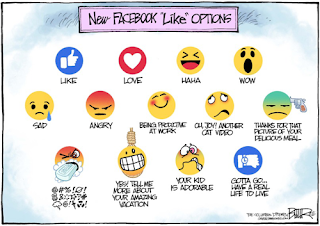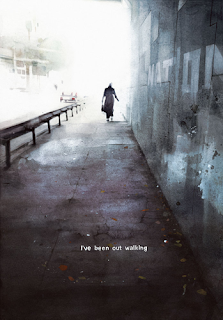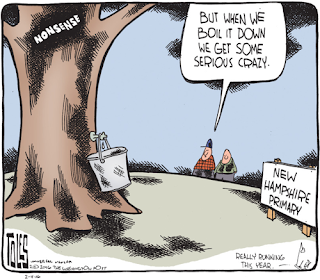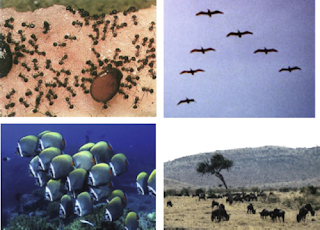 |
| Afghan women, AsiaSociety.org |
***
Eliza Griswold, a poet herself, wrote an article Why Afghan Women Risk Death to Write Poetry that captures one of the ways these women survive (or don't) their rigidly enforced roles as women. She describes the interaction of rural female poets with a group of urban women who have formed a society of more than 100.Mirman Baheer, Afghanistan’s largest women’s literary society, is a contemporary version of a Taliban-era literary network known as the Golden Needle. In Herat, women, pretending to sew, gathered to talk about literature. In Kabul, Mirman Baheer has no need for subterfuge. Its more than 100 members are drawn primarily from the Afghan elite: professors, parliamentarians, journalists and scholars. They travel on city buses to their Saturday meetings, their faces uncovered, wearing high-heeled boots and shearling coats. But in the outlying provinces — Khost, Paktia, Maidan Wardak, Kunduz, Kandahar, Herat and Farah — where the society’s members number 300, Mirman Baheer functions largely in secret.
Poetry is one of the few creative releases available to women in Afghanistan, and even then they are in danger of being discovered. Amail, an urban member of Mirman Baheer, mentors one of the rural poets, Meena Muska (her pen name).
Of Afghanistan’s 15 million women, roughly 8 out of 10 live outside urban areas, where U.S. efforts to promote women’s rights have met with little success. Only 5 out of 100 graduate from high school, and most are married by age 16, 3 out of 4 in forced marriages. Young poets like Meena who call into the hot line, Amail told me, “are in a very dangerous position. They’re behind high walls, under the strong control of men.” Herat University’s celebrated young poet, Nadia Anjuman, died in 2005, after a severe beating by her husband. She was 25.
Pashtun poetry has long been a form of rebellion for Afghan women, belying the notion that they are submissive or defeated. Landai means “short, poisonous snake” in Pashto, a language spoken on both sides of the Afghanistan-Pakistan border. The word also refers to two-line folk poems that can be just as lethal. Funny, sexy, raging, tragic, landai are safe because they are collective. No single person writes a landai; a woman repeats one, shares one. It is hers and not hers. Although men do recite them, almost all are cast in the voices of women. “Landai belong to women,” Safia Siddiqi, a renowned Pashtun poet and former Afghan parliamentarian, said. “In Afghanistan, poetry is the women’s movement from the inside.”
An example of landai is
“On Doomsday, I will say aloud,
I came from the world with my heart full of hope.”
-- Zarmina
In her article, Eliza Griswold follows the stories of two poets, the elusive Meena
Meena lost her fiancé last year, when a land mine exploded. According to Pashtun tradition, she must marry one of his brothers, which she doesn’t want to do. She doesn’t dare protest directly, but reciting poetry to Amail allows her to speak out against her lot. When I asked how old she was, Meena responded in a proverb: “I am like a tulip in the desert. I die before I open, and the waves of desert breeze blow my petals away.” She wasn’t sure of her age but thought she was 17. “Because I am a girl, no one knows my birthday,” she said.and Zarmina.
Rahila was the name used by a young poet, Zarmina, who committed suicide two years ago. Zarmina was reading her love poems over the phone when her sister-in-law caught her. “How many lovers do you have?” she teased. Zarmina’s family assumed there was a boy on the other end of the line. As a punishment, her brothers beat her and ripped up her notebooks, Amail said. Two weeks later, Zarmina set herself on fire.
Eliza's poetry can be found Poetry Foundation and Work in Progress.
-- Marge





























